There are rumors that Apple will release an affordable version of the Vision Pro AR/VR headset by 2025. This might be the big break Apple needs, seeing as the Vision Pro was received with mixed feelings at the WWDC 2023 event.
But that has us wondering: what exactly can Apple do to make the Vision Pro cheaper? To answer that question, we came up with a list of potential cost-cutting measures to make the headset affordable for the masses.
1. Use Cheaper Materials
Apple says the Vision Pro was made with “aerospace-grade alloys.” The chassis is made from an aluminum alloy set with a single piece of three-dimensionally formed laminated glass containing the screens. The band is a detachable 3D-braided headband made from a sturdy fabric.
While this premium build quality is excellent, it’s not so friendly to the pocket. For instance, the Oculus Quest 2 is primarily made of high-quality plastic. And doing this wasn’t just to make it affordable but also to make the headset lighter.
Apple can take the cue and make the Vision Pro’s frame using plastic polymers and other composite materials instead of an expensive aluminum alloy. As for the glass, Apple could resort to flat tempered glass instead of 3D laminated glass.
2. Remove the External OLED Screen
The Vision Pro technically has three displays; one for each eye and a third external one that uses the EyeSight technology to mirror your eyes for people looking at you. The idea is to keep you connected by showing people in your vicinity if you’re aware of them or occupied with something immersive while using the headset.
However, that’s just one more expensive screen. It’s nice and all for people around you to know what you’re doing, but to drive down costs, it just might be enough that you can adjust your immersion level with the Digital Crown. Instead of a screen, Apple should leave that part as solid opaque glass.
3. Remove Some Cameras, Sensors, and Speakers
You can count 12 cameras and five sensors on the Vision Pro. They are all used for mapping the environment and tracking your hand gestures. A couple of the cameras are used for taking 3D photos and videos.
We think if Apple evaluates how important 3D photography is, and sees that it’s not so critical to this product’s success, then a cheaper Vision Pro could do without it. Also, the company could better optimize fewer cameras and sensors through software, and we could say bye to the numerous cameras and sensors in and on the device.
That’s not all, though; the Vision Pro has six microphones and two spatial audio speakers. Some microphones can go, leaving one or two essential ones near the mouth, and spatial audio-enabled AirPods could replace the speakers.
4. Replace the M2 Chip With A17 Bionic
Apple placed two chips inside the Vision Pro: an M2 chip that handles all computing tasks and an R1 chip that processes all the information from the sensors, cameras, and microphones with low latency.
The yet-to-be-seen A17 Bionic chip is expected to feature in Apple’s 2023 iPhone lineup. And if the rumors of the M3 Apple silicon chip are true, then we can expect the A17 Bionic chip to be based on TSMC’s new 3nm process, and we could see a good improvement in performance compared to the A16 chip in the iPhone 14 Pro.
The A17 Bionic chip should be cheaper, smaller, and powerful enough to replace the M2 inside Apple’s new headset. But if that’s too much to ask, Apple can lower costs even further by settling for the A16 chip.
5. Swap Micro-OLED Displays for LCD Panels
The Vision Pro has a pair of micro-OLED displays with 23 million pixels, more pixels than a 4K TV for each eye. We know that Apple will not compromise its pixel density because that’s a core part of the product. However, it could save money by swapping out OLED displays for LCD panels, like what Meta did with the Quest 3.
Because LCD works with a backlight, the screens will be brighter, and you might not get a rich black—or contrast in general. However, LCD is cheaper than OLED and will help Apple lower the headset’s cost.
Perhaps, a Vision “Air”?
Right now, Apple’s Vision Pro headset is a premium, high-tech device, and many people can’t justify its $3,499 price tag. But it’s a “Pro” device, and it wasn’t named that for fancy. Apple’s Pro and Ultra products have always been for high-end buyers and enthusiasts.
The features we’ve suggested here might strip the product down to a slimmer, lighter version closer to the cost of an iPhone 14 Pro or MacBook Air. Apple could name this cheaper, less-niche product the Vision Air, keeping true to its naming culture.
#Ways #Apple #Vision #Pro #Cheaper

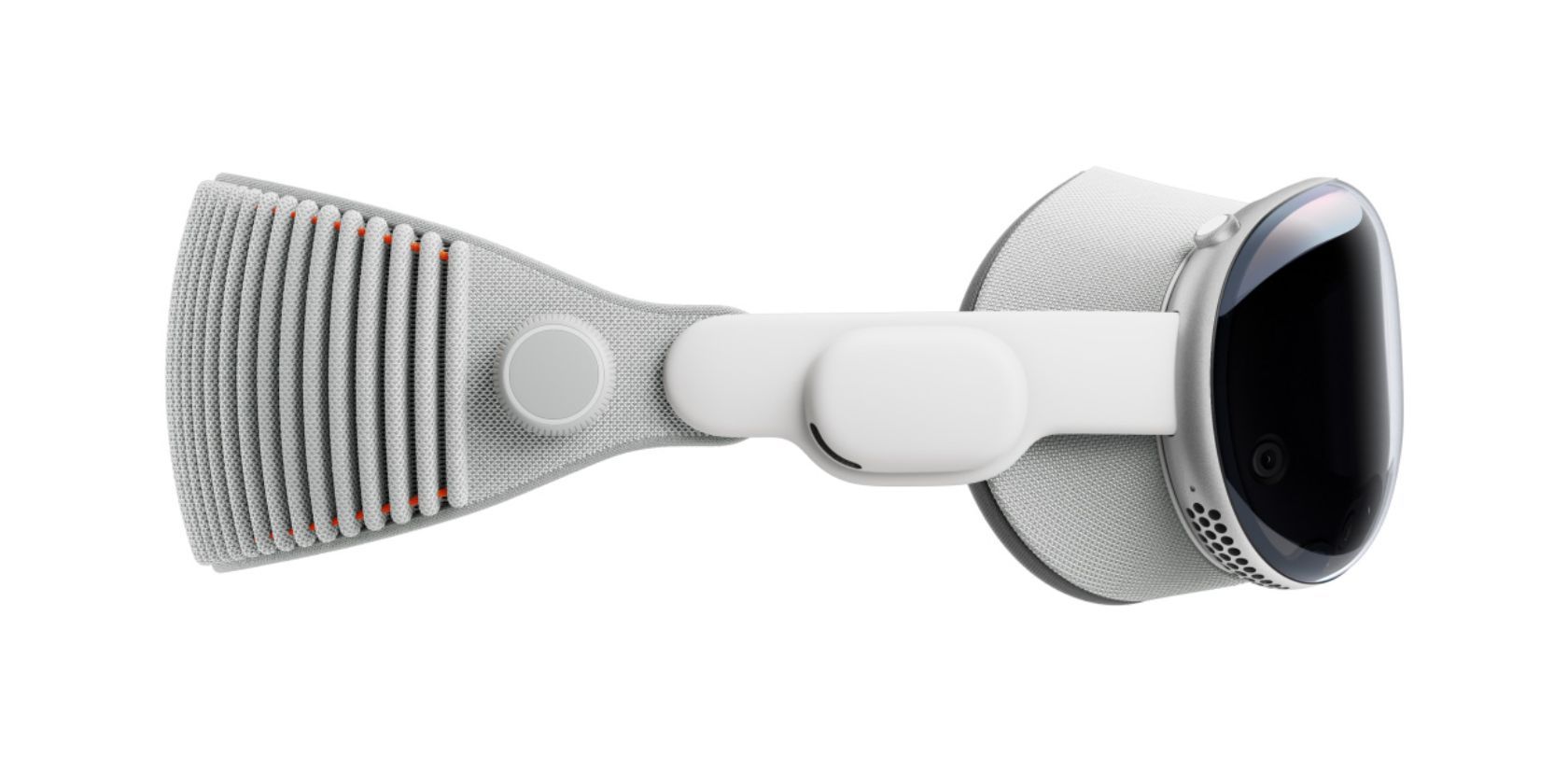
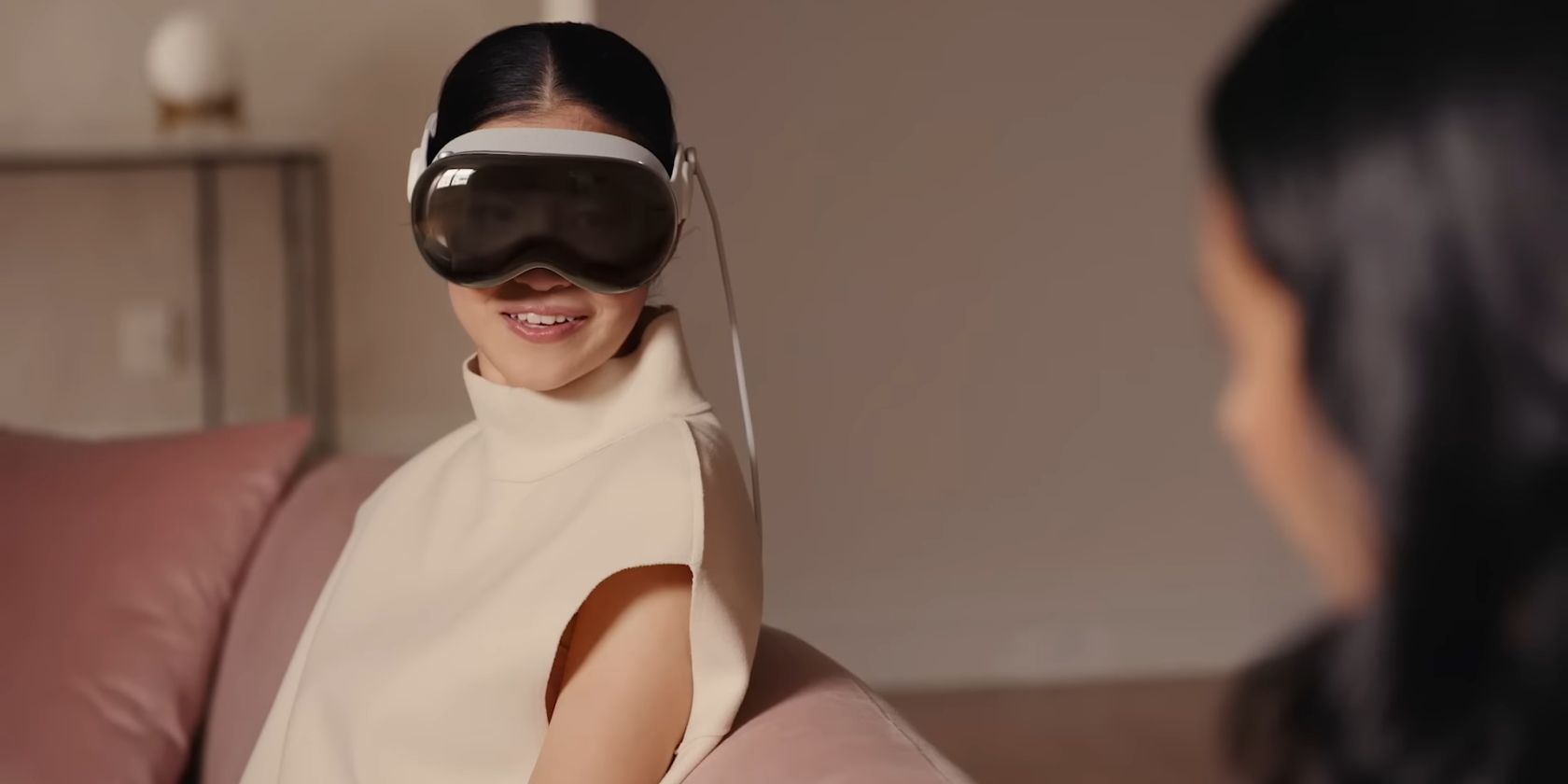
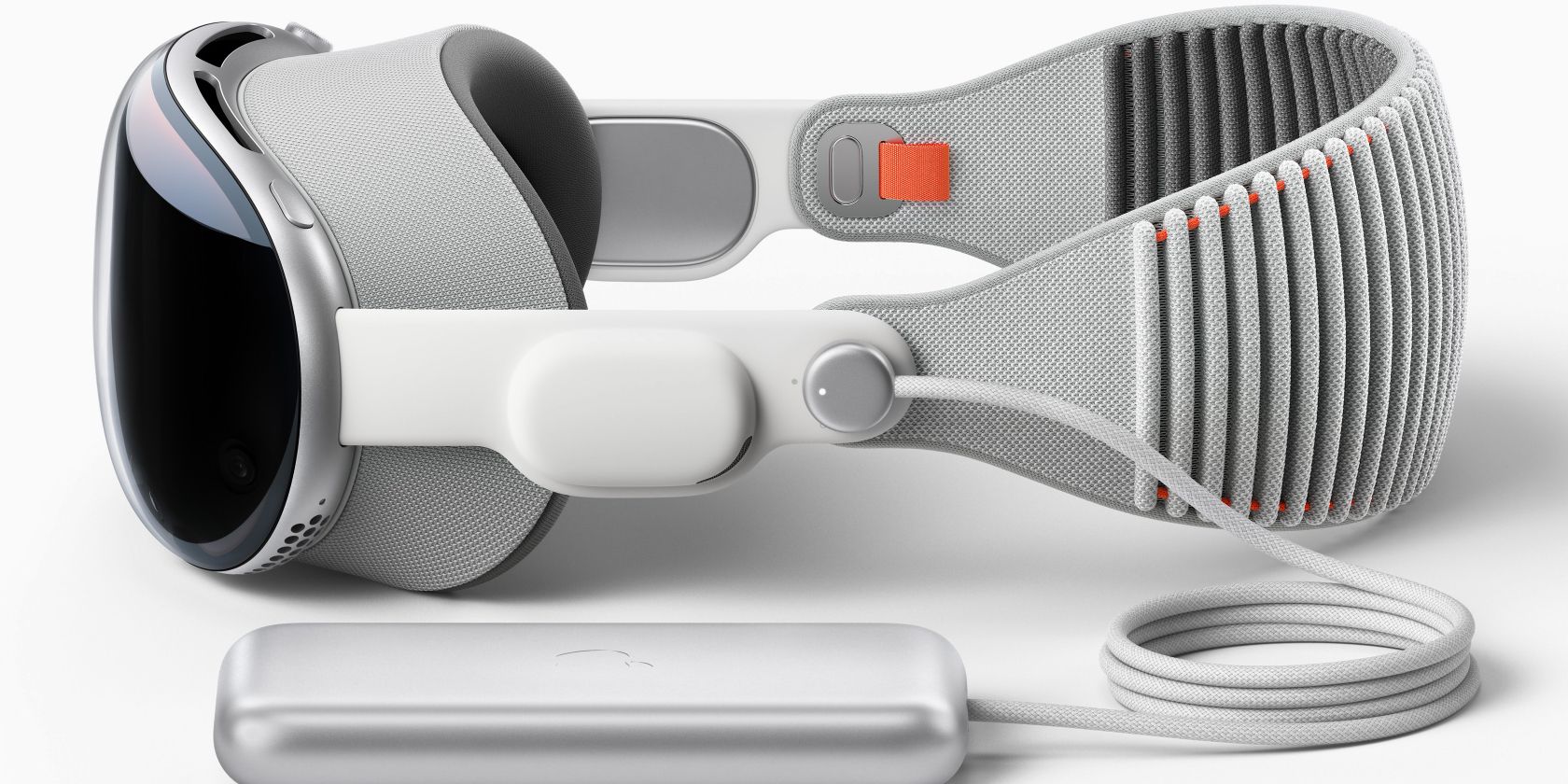
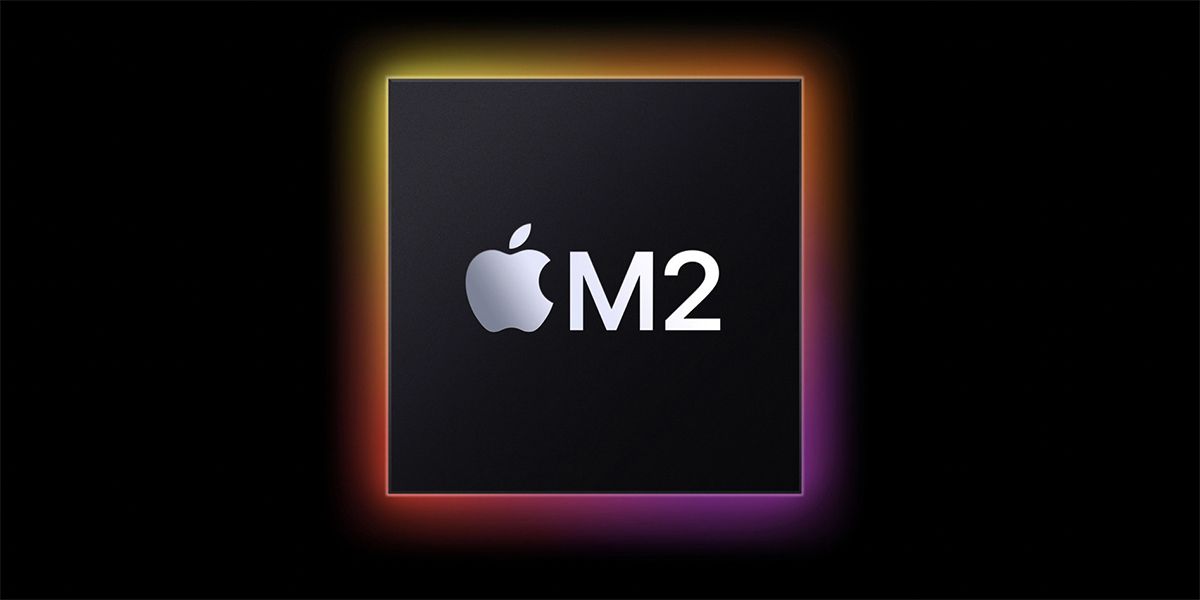
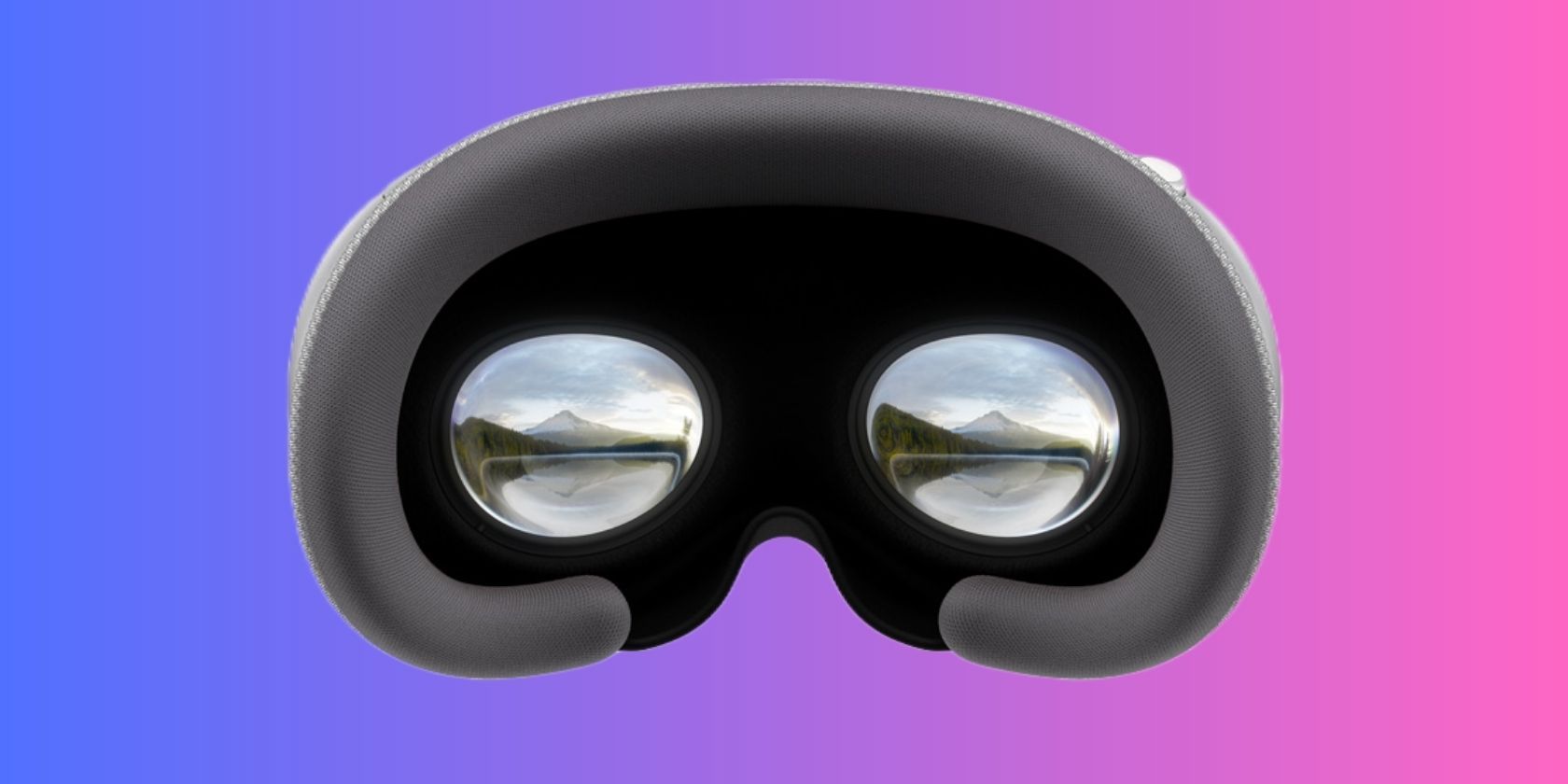
Comments